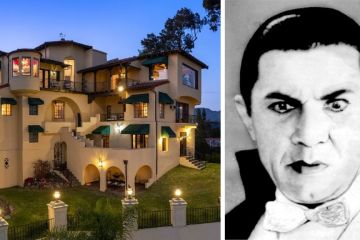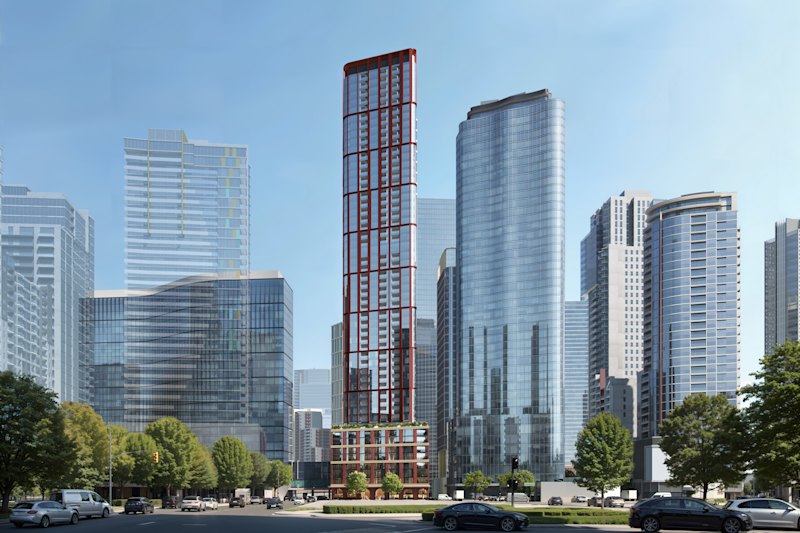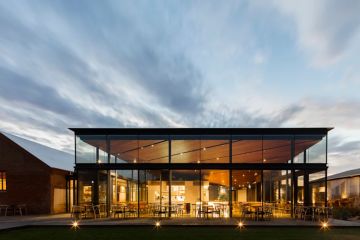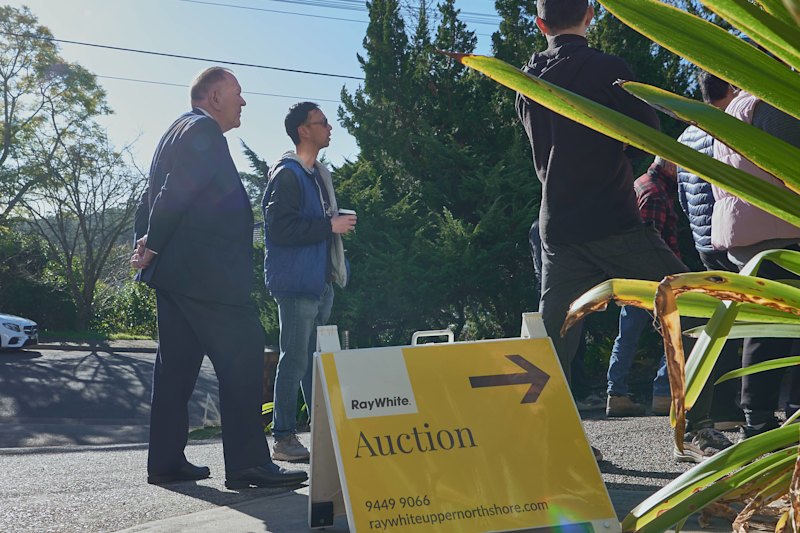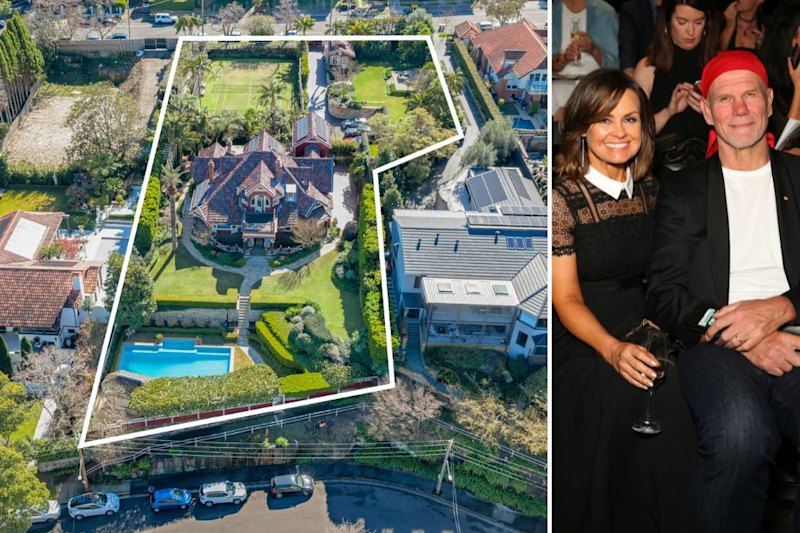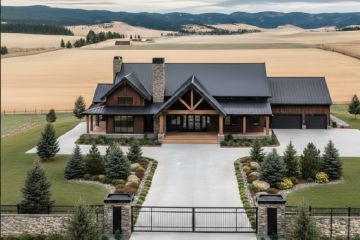Don't tell Gen Y home buyers they are too picky
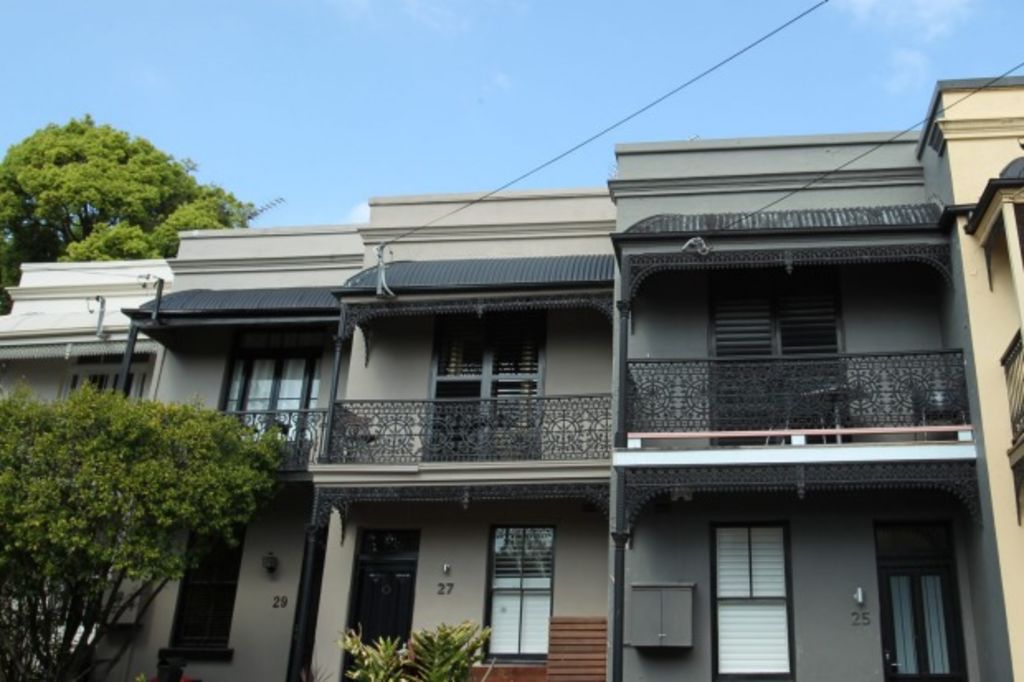
Sydney suburbs in the $2 million club are expected to double, yet pundits are still pretending that record low first home buyer numbers are a result of Gen Y’s lofty aspirations.
On Thursday, finance commentator Peter Switzer wrote that first home buyers should be prepared to “act like battlers and go to cheaper, further from the CBD and less-cool suburbs” where “the relative cost of property is not so ‘unfair'”.
He said baby boomers haven’t had it easy and younger generations have “much higher expectations, too easy access to credit and they don’t know how to sacrifice as well as save to get what they want”.
These comments are unfair.
Certainly, the older generations made sacrifices to buy a home, but they didn’t face what this generation of home buyers does when looking to get on the ladder.
The “bad suburbs” of the baby boomers’ heyday are a far cry from those of 2015.
Property experts commonly cite Redfern as a location that had people turning up their noses.
Those who bought in this once-undesirable area, could still have bought a median priced house for $547,000 in 2005, steadily increasing to $757,000 in 2009. Today, it is in Sydney’s busy million-dollar club.
Redfern is four kilometres from the CBD. Paddington, where Mr Switzer bought his first home, is even closer.
Today’s so-called ‘bad’ suburbs have no such luxury. Domain Group found just two suburbs with median house prices below $550,000 within 30 kilometres of the CBD.
Looking further afield to the 40 kilometre range, there are better prospects for cheap homes. These include suburbs around Mount Druitt, such as Emerton ($415,000), Tregear ($422,500), Blackett ($425,000), Lethbridge Park ($427,000), Whalan ($458,000) and Dharruk ($490,000).
Mount Druitt itself, the location of the controversial Struggle Street documentary, is home to the nearest train station and has a relatively affordable median house price of $463,000 and rising.
Yet it is not comparable to Redfern – Mount Druitt is 43 kilometres from the CBD.
That is a commute of 50 to 60 minutes on a train to Central Station, a trip that is not only long – it’s actually bad for you.
The global Regus Work-Life Balance Index found commutes of over 45 minutes are associated with poor sleep quality, exhaustion and low general health – they were also found to put pressure on families to the extent that they were 40 per cent more likely to separate.
Suburbs can change their reputation and undesirable factors can sometimes be fixed. But the distance from the CBD is not something you can renovate and improve upon. The hesitation of first home buyers to purchase in these far flung suburbs has nothing to do with whether they are “cool”.
Those who do want to buy in these affordable suburbs will find them suddenly more expensive than two years ago, partly as a result of investors buying.
A modest two-bedroom apartment on Durham Street, Mount Druitt sold in August for $398,000 – up more than $120,000 since it sold in 2013.
The Western Sydney train line, already the busiest in Sydney, is expecting patronage to increase the fastest on the network – rising 4.5 per cent a year until 2021.
Those who can’t afford an area tend to keep looking further out – it’s little wonder younger Australians are turning into Generation Rent.
Unless Sydney becomes less reliant on the CBD it’s not just the hip pocket of first home buyers we should be worried about, but their overall health.
Unfortunately, it seems unlikely we’ll fix this problem any time soon because, as Peter Switzer said and no doubt most of generation Y can agree with, “politicians don’t give a fig about the problem”.
We recommend
We thought you might like
States
Capital Cities
Capital Cities - Rentals
Popular Areas
Allhomes
More
